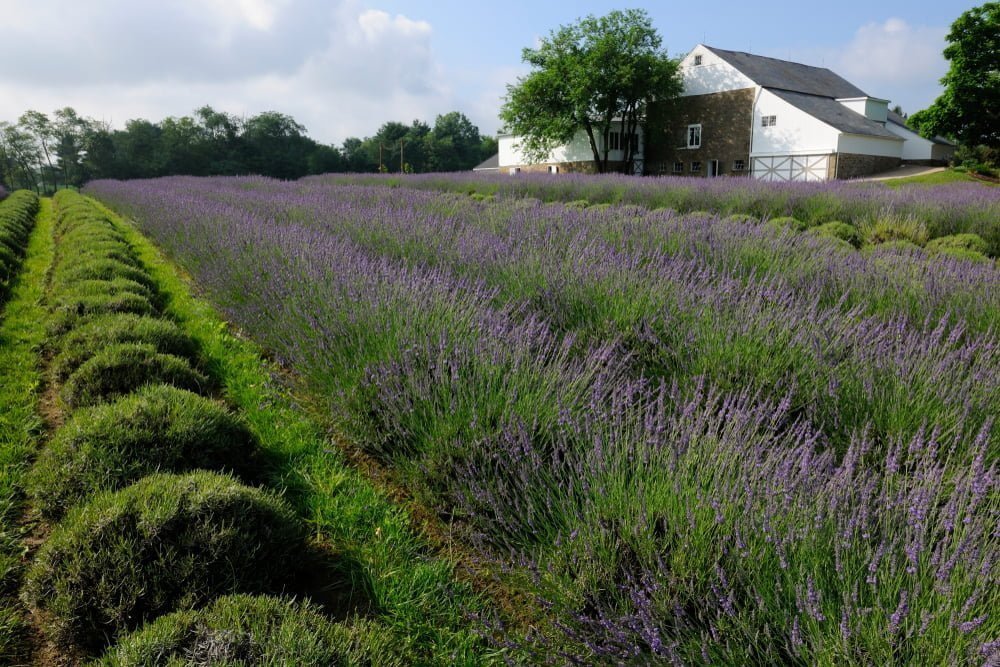Pennsylvania is one of the most beautiful states in the nation in part because of its preserved open space. From the Delaware Water Gap to Ricketts Glen State Park to Lake Erie, Pennsylvanians are blessed with stunning natural features that attract visitors from across the nation.
Local residents are attracted to Bucks County because of its rolling hills, rich farmland, and views of the Delaware River.
Bucks County residents’ top three environmental priorities are access to clean water and air, preservation of open space, and preservation of farmland, according to a survey conducted by the Bucks County Planning Commission. And the pandemic reminded us how important these natural spaces are for our physical and mental health.
Yet Bucks County’s natural beauty is under threat. As more and more people move into the county, seeking to take advantage of the good schools, proximity to Philadelphia and, yes, natural beauty that Bucks has to offer, open fields are being replaced by strip malls and housing subdivisions.
New residents can bring life, vitality and needed tax revenues to towns. But this growth must be managed smartly to protect our ecological resources, preserve important habitats and manage flooding.
At the state and federal levels, more resources are on the way to do just that.
A strong bipartisan majority in the state legislature approved $800 million in conservation funding in this year’s budget. This historic level of investment will provide additional resources to preserve farmland and open space, restore native habitats and improve water quality through green solutions, like bioswales.
And the Inflation Reduction Act recently signed into law by President Biden provides new federal funding to clean up contaminated land, allowing for contaminated industrial sites to be redeveloped into vibrant new communities and avoiding so-called greenfield development that destroys open space.
While Harrisburg and the federal governments are doing their part, Bucks County’s local leaders must also step up and set a vision for the future that balances the need for growth with policies that curb sprawl and protect our natural landscape.
The Bucks County Planning Commission is currently developing its Bucks 2040 Comprehensive Plan. This represents the first update to the county’s master plan since 2011 and will have a tremendous impact on the quality of life for Bucks County residents.
Once approved by the county commissioners early next year, this document will guide county land-use, transportation and environmental policies for years to come.
As the Planning Commission hosts open houses and solicits input from stakeholders ranging from agriculture to the hospitality industry, it is essential that the county prioritize strong environmental protection principles that will protect residents’ access to open space, clean air and pure water.
That’s why we’re calling on the county to include a commitment to preserving at least 25 percent of Bucks County land in its new comprehensive plan.
This commitment, which represents an increase from the 20 percent or so of land that is currently preserved, will help the county double down on a smart growth approach that invites the revitalization of Bucks County’s historic population centers, reduces sprawl and curbs congestion.
It will also help prevent flooding and preserve our water supply while protecting Bucks County’s thriving tourism industry, which relies on the area’s scenic beauty to attract visitors to the county’s quaint towns, working farms and iconic covered bridges.
This commitment would enable the county to fully take advantage of these state and federal investments and demonstrate to Bucks County’s families that their interest in environmental protection and land conservation are being heard by their elected officials.
We also believe that everyone in Bucks County deserves access to green spaces — regardless of ZIP code. So we’re calling on county officials to make a special effort to address long-standing racial and socioeconomic disparities by focusing on increasing open space in communities that have long been excluded.
This ongoing planning process is an exciting opportunity to put in place the building blocks of a bright future for a county with so much to offer. We’re asking the Bucks County Planning Commission, and the commissioners they serve, to prioritize the natural resources that make Pennsylvania such a special place to live.






